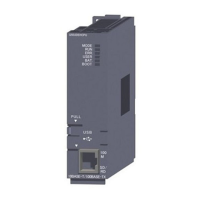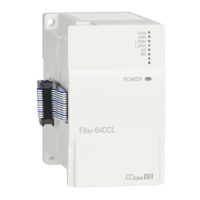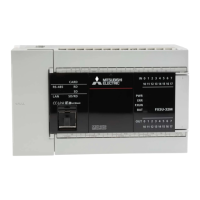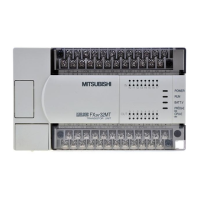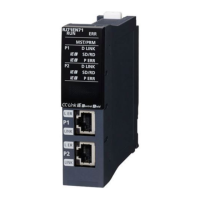495
APPENDICES
A
Appendix 4 Data Used in Sequence Programs
Appendix 4.2 HEX (Hexadecimal)
Appendix 4.2 HEX (Hexadecimal)
(1) Definition
Hexadecimal (HEX) is a numeral system that represents four binary bits as one digit.
With four binary bits, sixteen different numeric values, 0 to 15, can be represented.
Hexadecimal notation uses 16 symbols to represent numeric values 0 to 15 in one digit, the symbols 0 to 9 to
represent values zero to nine, and A
H
to F
H
to represent values ten to fifteen. After a digit reaches F
H
, the next-
higher digit (to the left) is incremented.
The following table lists the numeric representations in BIN, HEX, and DEC (decimal).
(2) Numeric representation in HEX
Each register (such as the data register, link register) in the CPU module consists of 16 bits.
In the 16-bit configuration register, 0 to FFFF
H
can be specified in hexadecimal.
DEC (Decimal) HEX (Hexadecimal) BIN (Binary)
0 0 0
1 1 1
22 10
33 11
•• •
•• •
•• •
9 9 1001
10 A 1010
11 B 1011
12 C 1100
13 D 1101
14 E 1110
15 F 1111
16 10 1 0000
17 11 1 0001
•• •
•• •
•• •
47 2F 10 1111
Carry

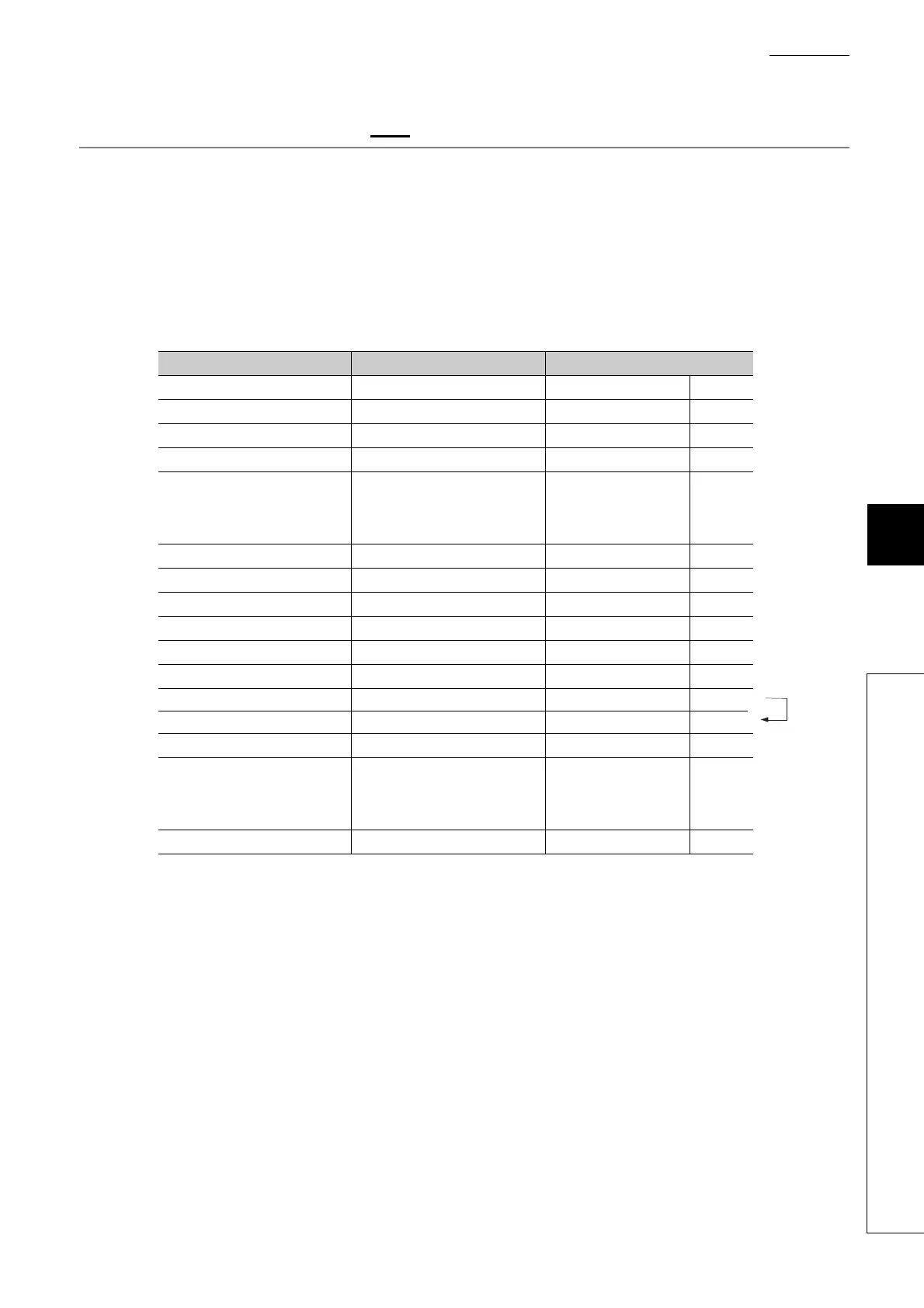